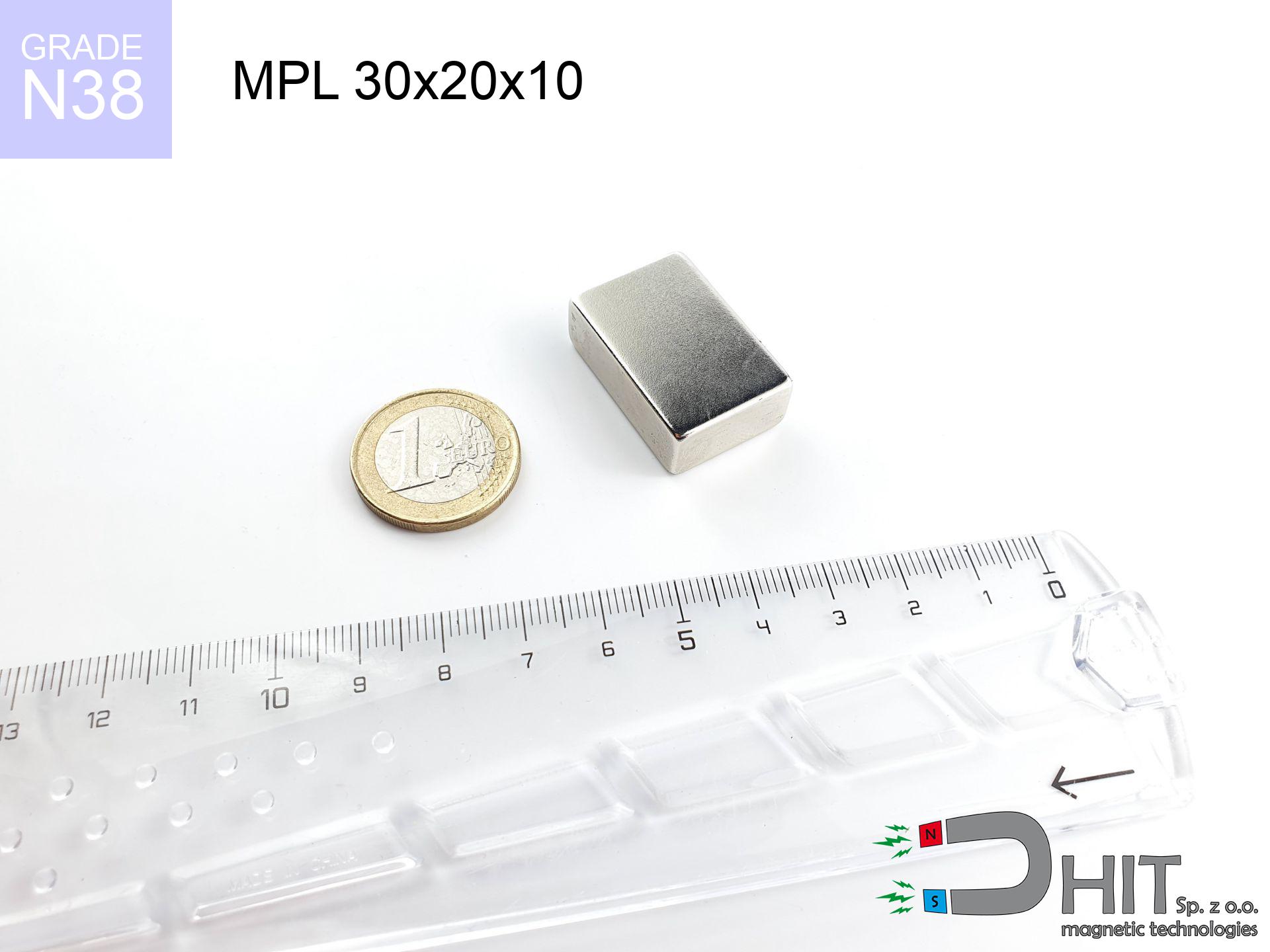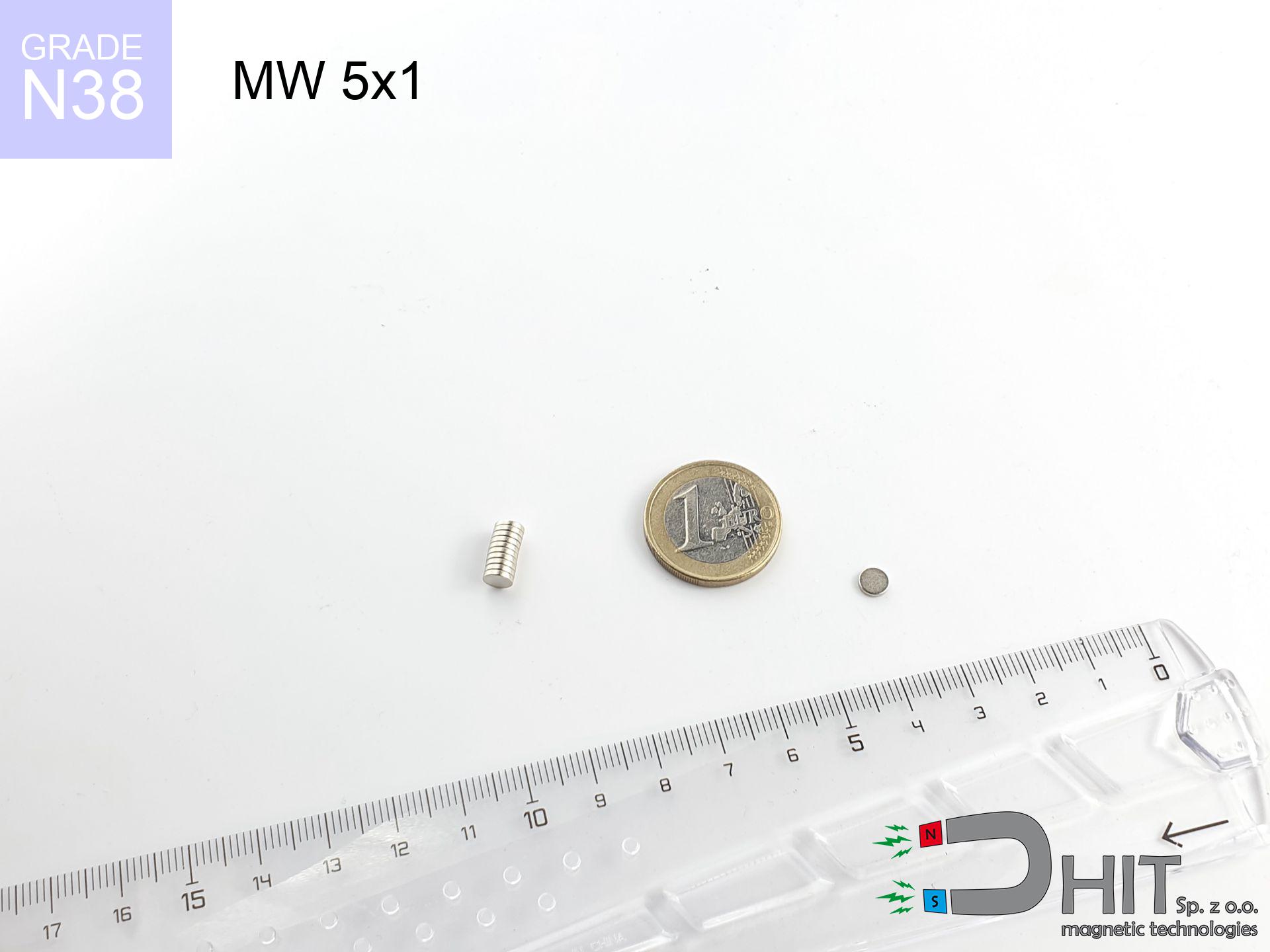UMT 29x38 black / N38 - board holder
board holder
Catalog no 230284
GTIN/EAN: 5906301814368
Diameter Ø
29 mm [±1 mm]
Height
38 mm [±1 mm]
Weight
6 g
Coating
[NiCuNi] Nickel
6.81 ZŁ with VAT / pcs + price for transport
5.54 ZŁ net + 23% VAT / pcs
bulk discounts:
Need more?Do you have a dilemma?
Call us now
+48 22 499 98 98
if you prefer get in touch through
contact form
the contact form page.
Lifting power as well as structure of neodymium magnets can be estimated using our
online calculation tool.
Same-day shipping for orders placed before 14:00.
UMT 29x38 black / N38 - board holder
Specification / characteristics UMT 29x38 black / N38 - board holder
| properties | values |
|---|---|
| Cat. no. | 230284 |
| GTIN/EAN | 5906301814368 |
| Production/Distribution | Dhit sp. z o.o. |
| Country of origin | Poland / China / Germany |
| Customs code | 85059029 |
| Diameter Ø | 29 mm [±1 mm] |
| Height | 38 mm [±1 mm] |
| Weight | 6 g |
| Coating | [NiCuNi] Nickel |
| Manufacturing Tolerance | ±1 mm |
Magnetic properties of material N38
| properties | values | units |
|---|---|---|
| remenance Br [min. - max.] ? | 12.2-12.6 | kGs |
| remenance Br [min. - max.] ? | 1220-1260 | mT |
| coercivity bHc ? | 10.8-11.5 | kOe |
| coercivity bHc ? | 860-915 | kA/m |
| actual internal force iHc | ≥ 12 | kOe |
| actual internal force iHc | ≥ 955 | kA/m |
| energy density [min. - max.] ? | 36-38 | BH max MGOe |
| energy density [min. - max.] ? | 287-303 | BH max KJ/m |
| max. temperature ? | ≤ 80 | °C |
Physical properties of sintered neodymium magnets Nd2Fe14B at 20°C
| properties | values | units |
|---|---|---|
| Vickers hardness | ≥550 | Hv |
| Density | ≥7.4 | g/cm3 |
| Curie Temperature TC | 312 - 380 | °C |
| Curie Temperature TF | 593 - 716 | °F |
| Specific resistance | 150 | μΩ⋅cm |
| Bending strength | 250 | MPa |
| Compressive strength | 1000~1100 | MPa |
| Thermal expansion parallel (∥) to orientation (M) | (3-4) x 10-6 | °C-1 |
| Thermal expansion perpendicular (⊥) to orientation (M) | -(1-3) x 10-6 | °C-1 |
| Young's modulus | 1.7 x 104 | kg/mm² |
Elemental analysis
| iron (Fe) | 64% – 68% |
| neodymium (Nd) | 29% – 32% |
| boron (B) | 1.1% – 1.2% |
| dysprosium (Dy) | 0.5% – 2.0% |
| coating (Ni-Cu-Ni) | < 0.05% |
Ecology and recycling (GPSR)
| recyclability (EoL) | 100% |
| recycled raw materials | ~10% (pre-cons) |
| carbon footprint | low / zredukowany |
| waste code (EWC) | 16 02 16 |
Other offers
Pros as well as cons of neodymium magnets.
Benefits
- They have unchanged lifting capacity, and over nearly ten years their attraction force decreases symbolically – ~1% (in testing),
- They do not lose their magnetic properties even under external field action,
- Thanks to the shimmering finish, the plating of Ni-Cu-Ni, gold-plated, or silver-plated gives an visually attractive appearance,
- Magnets exhibit excellent magnetic induction on the active area,
- Thanks to resistance to high temperature, they are capable of working (depending on the shape) even at temperatures up to 230°C and higher...
- Possibility of accurate shaping as well as optimizing to individual needs,
- Significant place in advanced technology sectors – they are utilized in mass storage devices, electromotive mechanisms, advanced medical instruments, and complex engineering applications.
- Relatively small size with high pulling force – neodymium magnets offer impressive pulling force in compact dimensions, which enables their usage in compact constructions
Weaknesses
- At very strong impacts they can crack, therefore we advise placing them in steel cases. A metal housing provides additional protection against damage, as well as increases the magnet's durability.
- Neodymium magnets lose their power under the influence of heating. As soon as 80°C is exceeded, many of them start losing their force. Therefore, we recommend our special magnets marked [AH], which maintain stability even at temperatures up to 230°C
- When exposed to humidity, magnets usually rust. To use them in conditions outside, it is recommended to use protective magnets, such as magnets in rubber or plastics, which secure oxidation and corrosion.
- Due to limitations in realizing threads and complex shapes in magnets, we propose using a housing - magnetic holder.
- Health risk to health – tiny shards of magnets are risky, if swallowed, which is particularly important in the aspect of protecting the youngest. It is also worth noting that tiny parts of these products are able to disrupt the diagnostic process medical when they are in the body.
- With budget limitations the cost of neodymium magnets is economically unviable,
Holding force characteristics
Optimal lifting capacity of a neodymium magnet – what it depends on?
- with the contact of a yoke made of low-carbon steel, ensuring full magnetic saturation
- possessing a massiveness of min. 10 mm to avoid saturation
- characterized by smoothness
- with direct contact (without coatings)
- during detachment in a direction vertical to the plane
- at conditions approx. 20°C
Practical aspects of lifting capacity – factors
- Gap between surfaces – even a fraction of a millimeter of distance (caused e.g. by veneer or dirt) drastically reduces the pulling force, often by half at just 0.5 mm.
- Pull-off angle – remember that the magnet has greatest strength perpendicularly. Under shear forces, the holding force drops drastically, often to levels of 20-30% of the maximum value.
- Substrate thickness – for full efficiency, the steel must be adequately massive. Paper-thin metal limits the attraction force (the magnet "punches through" it).
- Plate material – low-carbon steel attracts best. Alloy admixtures reduce magnetic properties and holding force.
- Plate texture – smooth surfaces guarantee perfect abutment, which improves force. Rough surfaces reduce efficiency.
- Thermal factor – high temperature weakens pulling force. Too high temperature can permanently demagnetize the magnet.
Lifting capacity was assessed with the use of a steel plate with a smooth surface of suitable thickness (min. 20 mm), under perpendicular pulling force, in contrast under attempts to slide the magnet the load capacity is reduced by as much as 5 times. Moreover, even a small distance between the magnet’s surface and the plate decreases the holding force.
Adults only
Neodymium magnets are not intended for children. Accidental ingestion of several magnets may result in them pinching intestinal walls, which constitutes a critical condition and necessitates immediate surgery.
Combustion hazard
Powder produced during cutting of magnets is combustible. Avoid drilling into magnets unless you are an expert.
Compass and GPS
Navigation devices and smartphones are highly sensitive to magnetic fields. Direct contact with a strong magnet can ruin the sensors in your phone.
Shattering risk
Watch out for shards. Magnets can fracture upon violent connection, launching sharp fragments into the air. Wear goggles.
Serious injuries
Big blocks can smash fingers in a fraction of a second. Never place your hand between two strong magnets.
Medical interference
For implant holders: Powerful magnets disrupt electronics. Keep at least 30 cm distance or ask another person to handle the magnets.
Allergic reactions
Some people have a hypersensitivity to nickel, which is the typical protective layer for neodymium magnets. Extended handling might lead to skin redness. We strongly advise wear safety gloves.
Cards and drives
Device Safety: Neodymium magnets can ruin payment cards and delicate electronics (pacemakers, medical aids, timepieces).
Do not overheat magnets
Monitor thermal conditions. Exposing the magnet to high heat will destroy its properties and strength.
Conscious usage
Handle magnets consciously. Their huge power can shock even experienced users. Be vigilant and do not underestimate their force.






![UMGW 36x18x8 [M8] GW / N38 - magnetic holder internal thread UMGW 36x18x8 [M8] GW / N38 - magnetic holder internal thread](https://cdn3.dhit.pl/graphics/products/um-36x18x8-m8-gw-foj.jpg)

